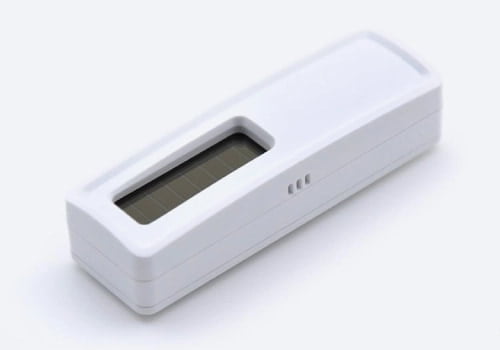A building may need monitoring with different devices to keep it functioning and to ensure it isn’t wasting energy and contributing to the degeneration of the environment. A device that can go overlooked is the temperature sensor. These sensors work by generating an electrical voltage or resistance through two metals when a change occurs in the atmospheric temperature. The voltage is measured across the diode terminals. So, these sensors are devices that provide readable temperature measurements via an electrical signal.
Your building might need temperature sensors to monitor heating, or for rooms with large appliances like computers that generate a lot of heat. If these are areas that you know can cause hazards but aren’t necessarily manned at all times, a temperature sensor can help dramatically, reducing the need for constant manual surveillance. These sensors transmit data to building management systems, which can then adjust heating, ventilation, or cooling systems to maintain optimal temperatures. For example, EnOcean’s automatic temperature sensor, which use a battery-free, light-powered design, is wireless and can be placed anywhere within range, transmitting real-time data on temperature changes.
Modern temperature sensors often integrate with IoT (Internet of Things) platforms for real-time monitoring, allowing property managers to check and adjust conditions remotely through apps. In commercial settings, this can be invaluable for spaces like server rooms, where excess heat could damage equipment, or even for greenhouses where precise climate control is essential.
By using temperature sensors, you’re not only ensuring safety and efficiency but also enhancing sustainability. Continuous, automated temperature readers allow for quicker response to inefficiencies or potential hazards, such as overheating or poor insulation, thereby helping to reduce energy consumption and lower the building’s environmental footprint.
Investing in temperature sensors is an effective way to enhance safety, improve energy efficiency, and support environmentally conscious practices. These devices are an essential component of modern building management.










